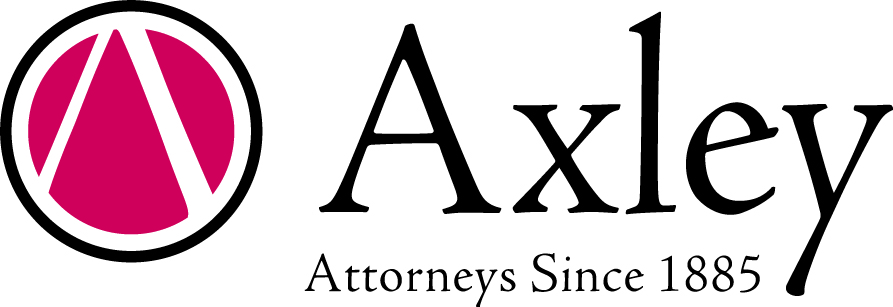
- This event has passed.

September 18, 2013 @ 12:00 am
Event Navigation
We all know from its very popular TV commercials that AT&T’s motto is, “It’s not complicated.” So when it comes to managing social media for such a massive corporation, having a plan, communicating and collaborating internally and keeping things organized is critical to living up to that motto.
Laura Connor, Emerging Media Consultant at AT&T, joined Jim Greer, AT&T’s Senior Public Relations Consultant, Wednesday (September 18, 2013) at the monthly Social Media Breakfast Madison meeting to talk about how AT&T works to keep its social media messaging uncomplicated. The key to that, they said, is for staff to collaborate across all business units and disciplines “to engage with people as a single entity.”
They said key elements of AT&T’s social media strategy are:
- Engage to support the brand
- Be transparent and open
- Provide help
- Share cool stuff to increase loyalty
- Positively impact “net promoter score” (a customer loyalty metric)
- Grow communities
Community engagement, Laura said, is aimed at “enhancing the brand experience” so the company’s social media persona is “celebrating our people, places and products.”
“Our goal is to be inspirational, be helpful, be timely,” she said. To do so, she said, the company’s social media team must stay on top of social media channels at all times. For example, if someone Tweets that they are not getting service, she said, it is their job to make sure that customer gets a response. And to communicate with the customer in a very “human” way.
The company likes to reward its social media followers and supporters. For example, in response to the popularity of the “It’s Not Complicated” campaign, they created a special behind-the-scenes video on social media to give followers a close look at the people behind the commercials.
Internally, it was another example of collaboration, with the social team working with the video team, “breaking down the silos” and producing a joint social media project.
In fact, she said, AT&T empowers its employees throughout the corporation – the AT&T “Social Tribe” – to help share and post news, information and announcements, with personalized, freestyle posts that are “lightly monitored and measured.” The result, she said, is that the company makes use of the passion and pride of its employees to advocate for the organization.
Speaking of social media sometimes being complicated, Laura and Jim did acknowledge a recent dust-up involving the company’s social media activity, one they said turned into a learning experience for them.
To help mark the anniversary of the September 11 tragedy, the company Tweeted an image of a hand holding a phone in the foreground with the memorial lights for the Twin Towers on its screen and the caption “Never Forget.”
They said the image was intended to honor the victims of 9-11 and they thought it would be received that way. “Our social communities quickly told us otherwise,” Laura said, as criticism poured in, accusing the company of using the tragedy as a marketing opportunity.
“We acted quickly and removed it and posted an apology from our chairman,” Laura said.
Jim and Laura said in retrospect they should have scrutinized their approach to marking the anniversary more carefully and considered how a broader audience might perceive the image.
Other observations made by the presenters:
* They said a loyal group of AT&T customers – dubbed the Wolf Pack – has formed in the social media sphere to come to the company’s defense and to speak out on its behalf. The Wolf Pack formed organically, she said, and AT&T social media staff have “cultivated” it by lending support. “We consider these guys to be our influencers,” she said. “They’ve been a really cool, structured advocacy group for us.”
* Laura said because there are so many social media channels – Facebook, Twitter, Google+, Pinterest, YouTube, Instagram, and many more – it is important to choose the right content and right approach for the right channel. “Sometimes it’s not right to use a specific channel for a specific message,” she said.
* It is important to make storytelling “a visual experience.” Articles containing relevant images have 94% more views than articles without images.
* Sometimes it’s more important to be “on the silent side.” Sometimes just listening and communicating back is the most effective approach. “It’s that balance to know when need to communicate – when your customers need you – but also knowing when to be silent,” Laura said.
Written by Bill Hurley, (@billhurleymedia / billhurleymedia.com / beachmaniac.com) editor, writer, social media strategist, digital publisher. BillHurleyMail@gmail.com.
Thanks to Geekazine for this video of the SMBMAD Breakfast presentation:
Make sure to show your appreciation to our sponsors who keep this a quality event with fantastic food at terrific venues (and did we mention for no charge to you?!):
Location: Madison Marriott West Hotel and Conference Center
Sponsors:










